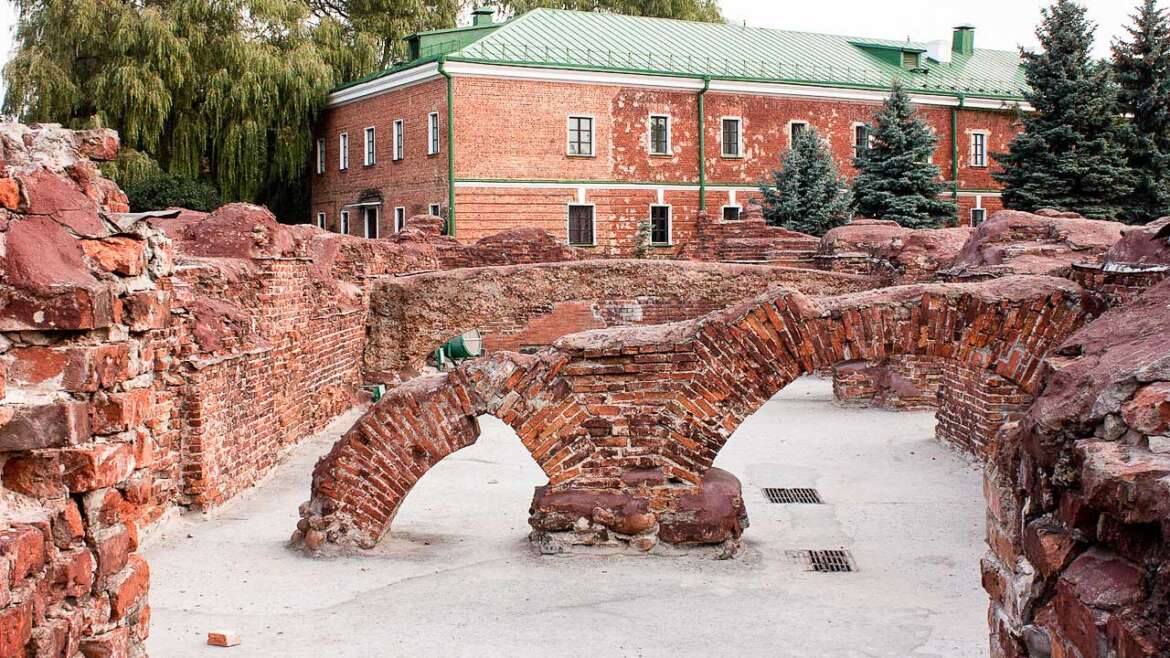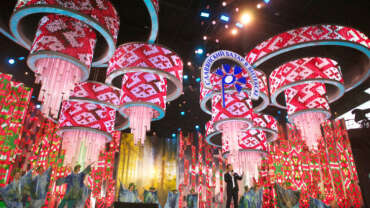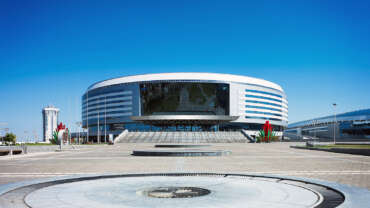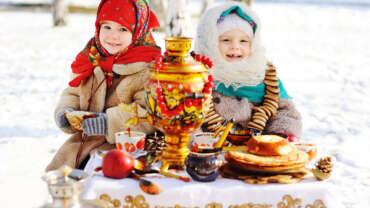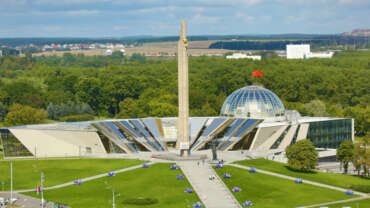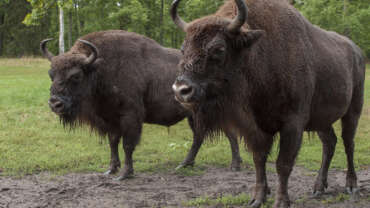The Central Committee of the Byelorussian Communist Party approved numerous proposals to build a war memorial in the Brest fortress, celebrating the 20th anniversary of the liberation of the Soviet Byelorussia. People in the entire Soviet Union collected funds for the purpose.
First Secretary of the Central Committee of the Communist Party of Byelorussia Pyotr Masherov lights the Eternal Flame in the Memorial Complex of the Brest Fortress. September 25, 1971.The Motherland has highly honoured the feat performed by the defenders of the Brest fortress. On May 8, 1965, when the country marked the 20th anniversary of the Victory of the Soviet people in the Great Patriotic War, the Presidium of the USSR Supreme Soviet awarded to the Brest fortress the honorary title of Hero-Fortress, along with the Order of Lenin and Gold Star medal, which are displayed today in the museum of the memorial.
On July 23, 1966, the Council of Ministers of the Byelorussian SSR approved the creative team that had to design the memorial complex, commemorating the defenders of the Brest fortress.
The creative team of the Memorial Complex. Photo, 1968.The creative team included: People’s Architect of the USSR, a winner of the State prize of the Byelorussian SSR, architect – artist Vladimir Korol (1912-1980); People’s Artist of the Byelorussian SSR, a winner of the State prize, sculptor Andrei Bembel (1905-1986); a winner of the Lenin Prize and of the Komsomol prize of Byelorussia, architect Valentin Zankovich; a winner of the State prize of the Byelorussian SSR, artist-architect Georgi Sysoyev (1919-2010); sculptor Vladimir Bobyl; architect-artist Victor Volchik (1910-1985); a winner of the State prize of the Byelorussian SSR, architect Oleg Stakhovich (1935-2010); architect Yuri Kazakov. Alexander Kibalnikov (1912-1987), sculptor, a winner of the Lenin Prize and of two State Prizes of the USSR, People’s Artist of the USSR, headed the creative team.
In 1967-1969, the group developed the final proposal and master plan of the memorial and completed models and drawings of all the structures and landscaping of the complex.
The choice of the building materials was determined by the idea of firmness and durability. Thus, the main elements were built out of concrete and reinforced concrete, natural stone: grey and red granite, black labradorite. The 100-m tall obelisk, dominating the entire complex, was clad with plates of titanium steel.
On April 29, 1967, the Council of Ministers of the Byelorussian SSR approved the proposed project of the memorial complex «Brest Hero-Fortress». The construction works began in May 1968.
The scale model of the Memorial Complex «Brest Hero-Fortress». 1969.
The main office of the construction of the Memorial Complex. 1971.In 1969, the supervision of the museum of the Brest fortress passed from the Ministry of defence of the USSR to the Ministry of culture of the Byelorussian SSR.
In 1970, the museum’s staff totaled 60 people.
In 1970, 9 of 10 museum halls were reconstructed.
During the construction works more than 1,000 artefacts were found at the site of the future memorial. Also soldiers’ remains were unearthed. On September 18, 1971, the remains of 823 people who died in the defence of the fortress were reburied at the burial grounds under the three rows of black granite slabs. Some remains were reburied from the Garrison cemetery where they were buried between 1945 and 1969. The identified 201 names were put onto memorial plates.
Writer Sergei Smirnov and defenders of the Brest Fortress at the opening ceremony of the Memorial Complex «Brest Hero-Fortress». September 25, 1971.On July 27, 1971, by the proposal of the Ministry of Culture of the Byelorussian SSR and of the Brest Regional Executive Committee the memorial complex «Brest-Fortress» and the Museum of Brest Hero-Fortress comprised one single complex.
On September 25, 1971, the memorial complex «Brest Hero-Fortress» was opened. More than 600 veterans who were in the Brest garrison in 1941 came to the ceremony of the opening.
The majestic memorial complex presented ruins of the old fortress, battlefields of summer 1941, the huge monumental sculptures that tell the «true story of the legendary heroes of the Brest fortress.



